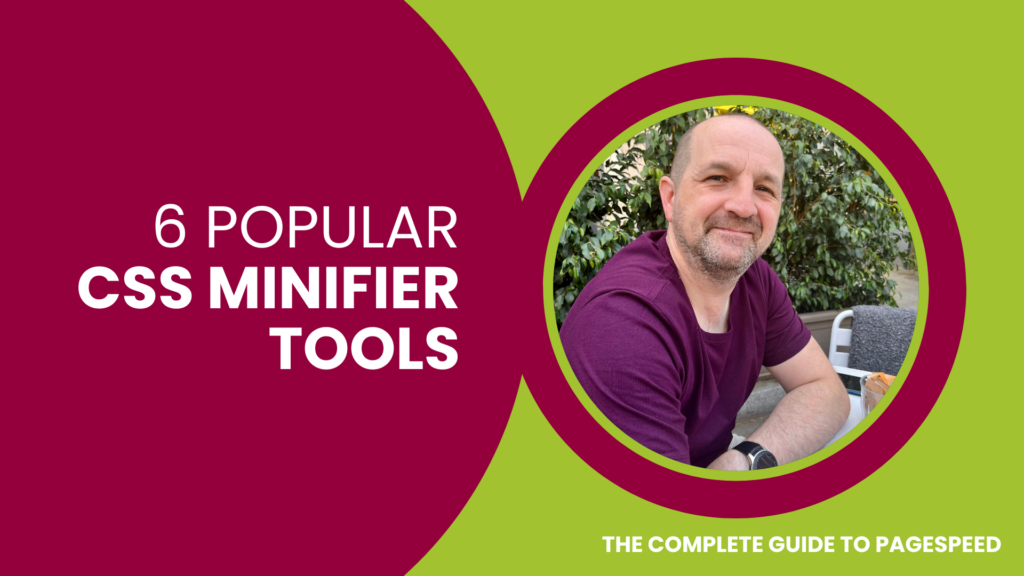CSS files can be quite large and therefore increase load times for pages on your site. CSS minification is the process of removing unnecessary characters, such as white spaces, line breaks, and comments, from Cascading Style Sheets (CSS) files. The goal of CSS minification is to reduce the size of the CSS files, which can improve website performance and reduce page load times.
Here are Six Popular CSS Minification Tools
- CSS Minifier: A free online tool that allows you to minify your CSS code by removing whitespace, comments, and other unnecessary characters. It supports both CSS and SCSS files.
- Clean CSS: A popular online CSS minification tool that supports advanced options like merging multiple CSS files, removing unnecessary prefixes, and optimising font weights.
- CSSNano: A CSS minifier that uses PostCSS to optimise and compress your CSS code. It supports features like minifying colours, removing comments, and reducing font sizes.
- Minify CSS: Another online tool that can minify your CSS code by removing whitespace, comments, and other unnecessary characters. It supports both CSS and SCSS files.
- Grunt-contrib-cssmin: A Grunt plugin that can minify your CSS code as part of a build process. It supports advanced options like source maps and file concatenation.
- Gulp-cssnano: A Gulp plugin that can minify and optimise your CSS code using the CSSNano library. It supports features like auto prefixing, removing comments, and reducing font sizes.
Related:
This post is part of: Page Speed Optimisation: A Complete Guide — created by our Page Speed Optimisation Specialists.
In this series:- 35 WordPress Tools and Resources to Improve Page Speed
- 28 Magento 2 Tools and Resources to Improve Page Speed
- 17 Shopify Tools and Resources to Improve Page Speed
- 8 Awesome Page Speed Testing Tools
- Page Speed: Minification of Code
- 5 Tools You Can Use to Minify HTML
- 6 Popular CSS Minifier Tools
- 5 Popular Javascript Minification Tools
- How to Optimise Images to Increase Page Speed
- Using Image Offloading to Improve Page Speed
- 10 Tools for Compressing and Optimising Web Page Images
- 6 Wordpress Plugins For Optimising Images
- Shopify Apps for Optimising Images
- How to Use Caching to Optimise Page Speed
- Lazy Loading and How it Works
- Using a CDN (Content Delivery Network) to Improve Page Speed
- CDNs to Use With WordPress
- CDNs to Use With Magento 2
- CDNs to Use With WooCommerce
- SSL Impact on Page Speed Explained
- How to Fix Legacy JavaScript and Increase Page Speed
- How to Fix Enormous Network Payload and Improve Page Speed
- How Cache Control Improves Page Speed
- How to Use Expires Headers to Improve Page Speed
- How to Use GZIP Page Compression to Improve Page Speed
- How to Use Keep-Alive to Improve Page Speed
- Preloading Key Requests to Improve Page Speed
- Resource Hints Explained
- Enable Text Compression to Improve Page Speed
- How to Implement Brotli Text Compression
- Reduce Main Thread Work to Improve Page Speed
- How to Optimise Render-Blocking Resources and Improve Page Speed
- How to Use Asynchronous Loading to Improve Page Speed
- How to Reduce the Impact of Third-Party Scripts and Libraries







